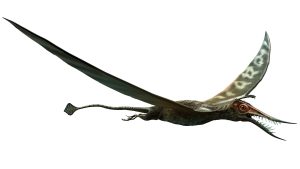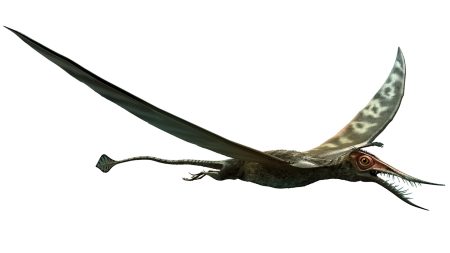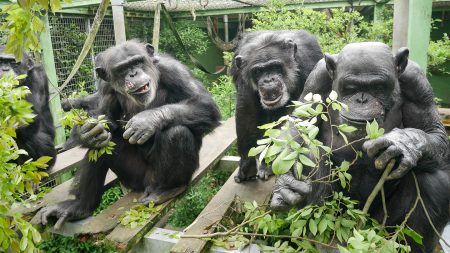Chronic wasting disease, or CWD, has been spreading among deer in the United States, sparking concerns that the fatal neurological illness may pose a risk to humans. However, a recent study utilizing brain organoids provides evidence suggesting that CWD prions do not infect human brain tissue. Prions are misfolded brain proteins responsible for CWD, and the study found that exposure to prions from deer did not infect the human brain organoids, while those exposed to human prions causing a related disease quickly became infected.
The study, conducted at the National Institutes of Health’s Rocky Mountain Laboratories, utilized brain organoids exposed to prions from white-tailed deer, mule deer, and elk, with the organoids remaining infection-free for the duration of the 180-day study. This significant species barrier suggests that the risk of CWD jumping from deer to humans is low. However, the imperfect nature of brain organoids as models and the possibility of new prion strains emerging raise the need for ongoing research and monitoring to assess the risk of transmission to humans.
Deer affected by CWD face a grim fate with no known cure. The disease causes PrP proteins in the brain to fold abnormally, leading to clumping and cell death, resulting in symptoms such as listlessness, stumbling, and drastic weight loss in animals. The increased prevalence of CWD among deer populations across North America, with infected deer passing into the human food chain, raises concerns about potential risks to humans. While previous cases of prion diseases, such as mad cow disease, have demonstrated the potential for cross-species transmission, the specific risks of CWD transmission to humans remain uncertain.
Past research has shown that prions have a challenging time crossing species barriers, with various animal models suggesting low transmission rates of deer prions to humans. While the risk of CWD infection in humans remains theoretical, a recent case report describing a neurological disease in hunters raised concerns about potential exposure to CWD through deer meat consumption. Despite this, there have been no reported cases of CWD infection in humans, underscoring the need for continued vigilance and research to monitor any potential threats.
The barriers to prion transmission from animals to humans, as seen in previous outbreaks like mad cow disease, highlight the complex factors at play in determining susceptibility to these diseases. Factors such as exposure dose, protein shape, and prion strain differences can influence the likelihood of infection. While the exact mechanisms remain unclear, ongoing studies seek to understand how prions misfold and interact with different species. Despite the potential for new prion strains to emerge, the rarity of cases of prion diseases in humans suggests that the risk of CWD spreading to humans may be low.
In conclusion, while the recent study on brain organoids offers insights into the low risk of human infection with deer prions, ongoing research is essential to monitor and assess potential transmission risks. The spread of CWD among deer populations and the consumption of infected meat raise concerns about the transmission of prion diseases to humans, emphasizing the importance of continued vigilance and investigation into these neurological disorders.















